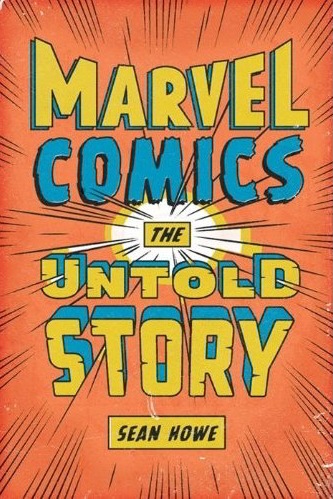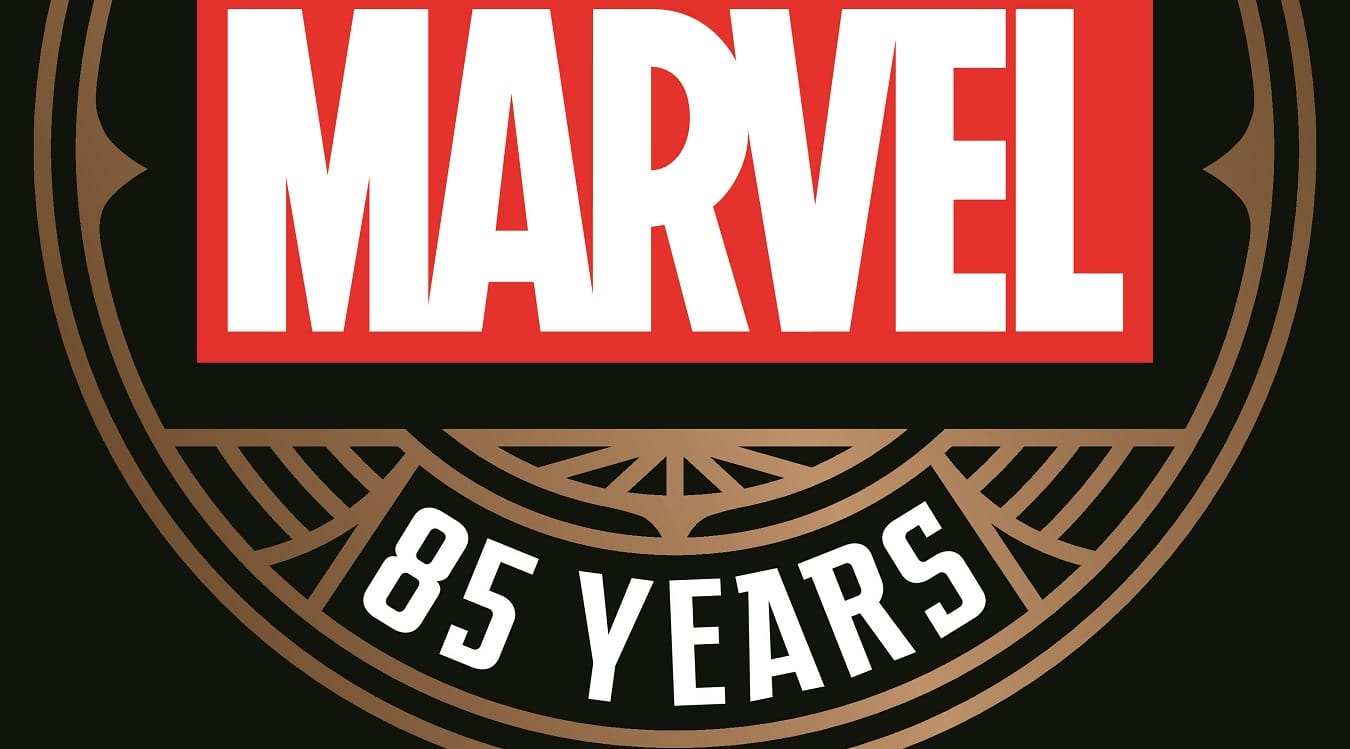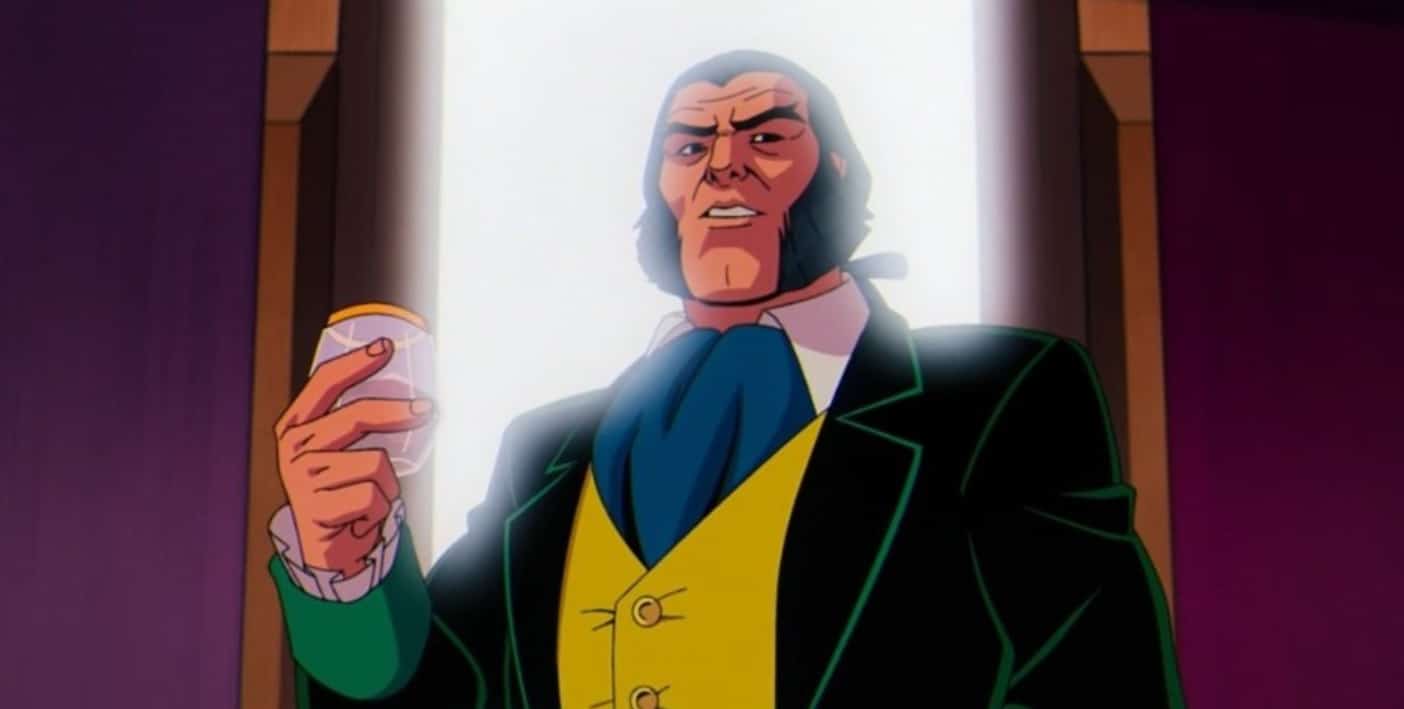Disclosure: Author Sean Howe interviewed me for this; and he interviewed everyone else. Coming from Harper in October, an exceedingly well researched history of Marvel from Timely on to the first Spider-Man movie, Marvel Comics: The Untold Story Howe’s previous comics exploits include the anthology of essays Give Our Regards to the Atomsmashers!: Writers on Comics
From a tiny office on Madison Avenue in the early 1960s, a struggling company named “Marvel Comics” introduced a series of bright-costumed superhero characters distinguished by smart banter and compellingly human flaws. “Spider-Man”, “The Fantastic Four”, “Captain America”, “The Incredible Hulk”,” The Avengers”, “Iron Man”, “Thor”,” The X-Men”, “Daredevil” – these superheroes quickly won children’s hearts and sparked the imagination of pop artists, public intellectuals, and campus radicals. Over the course of half a century, Marvel’s epic universe would become the most elaborate fictional narrative in history and serve as a modern American mythology for millions of readers. Interweaving history, anecdotes, and analysis, Sean Howe traces Marvel’s decades – long rise to a multi-billion-dollar enterprise, revealing how it weathered “Wall Street” machinations, Hollywood failures, legal battles, and the collapse of the comic book market. He shows how Marvel’s identity has continually shifted, careening between scrappy underdog and corporate behemoth. He also introduces the men behind the magic, including self-made publisher Martin Goodman, energetic editor Stan Lee, and Jack Kirby, the WWII veteran and co-creator of many of the company’s marquee characters. A story of fertile imaginations, lifelong friendships, action-packed fistfights, reformed criminals, unlikely alliances, and third-act betrayals that incorporates more than one hundred original interviews with Marvel insiders then and now, “Marvel Comics: The Untold Story” is a gripping narrative of one of the most dominant pop cultural forces in contemporary America.
I have a galley of the book. The last page is a photo of Kirby and toupee-less Stan Lee from the ’60s together. There are chapters on the early Timely days right up to the Ike adventures of no lightbulbs. I know what I’m reading on the plane to San Diego!








Anything in the book about the class action lawsuit? (I didn’t get a call for interview, no)
-B
I can’t wait to read the Hepzibah chapter!
Hm. I’ve heard about and been looking forward to a Sean Howe book about Marvel for a couple of years now, but I had it in my head that it was specifically about the 1970’s Bullpen. (Which, while right up my alley, would seem to be of limited appeal for a wide audience.)
Did I just misunderstand the scope of the book? Or is this a separate project? (Either way, sign me up…)
So this will truthful ,dirt and all? Sign me up !
There’s already a perfectly good “real history of comics” book out there, “The Comic Book Heroes” from 1996 by Gerard Jones.
I’ll be interested to see if this new book actually has some new stories to tell or simply covers the same ground that Gerard’s book does in terms of Marvel factoids: Jack Kirby was living in L.A. when he famously ‘resigned’ from Marvel Comics by leaving a cigar on his desk with a brief ‘I Quit” note attached and it was really one of his assistants who went into the Marvel offices to set that up (Evanier?), Jim Shooter’s testimony during the Kirby lawsuit, Stan Lee was secretly funding several of the first “direct market” stores in the late 70s, Mark Evanier serving as the ring leader of the frothing hatred that was directed at Marvel at the 1984 San Diego Comic Con over the Kirby lawsuit, criticism of Heidi for “selling out” and ditching the NY Mets cap and glasses for designer clothes after Gary Groth moved Fantagraphics out to the West Coast, etc.
It’s a good read.
The cover is a bit underwhelming.
There’s already a perfectly good “real history of comics” book out there, “The Comic Book Heroes” from 1996 by Gerard Jones.
I’ve seen this book recommended whenever comics history comes up but I’ve also heard it’s full of errors and uncited assumptions.
So glad to see a new book from Sean!
Looking forward to this. But yeah, the cover should be reconsidered.